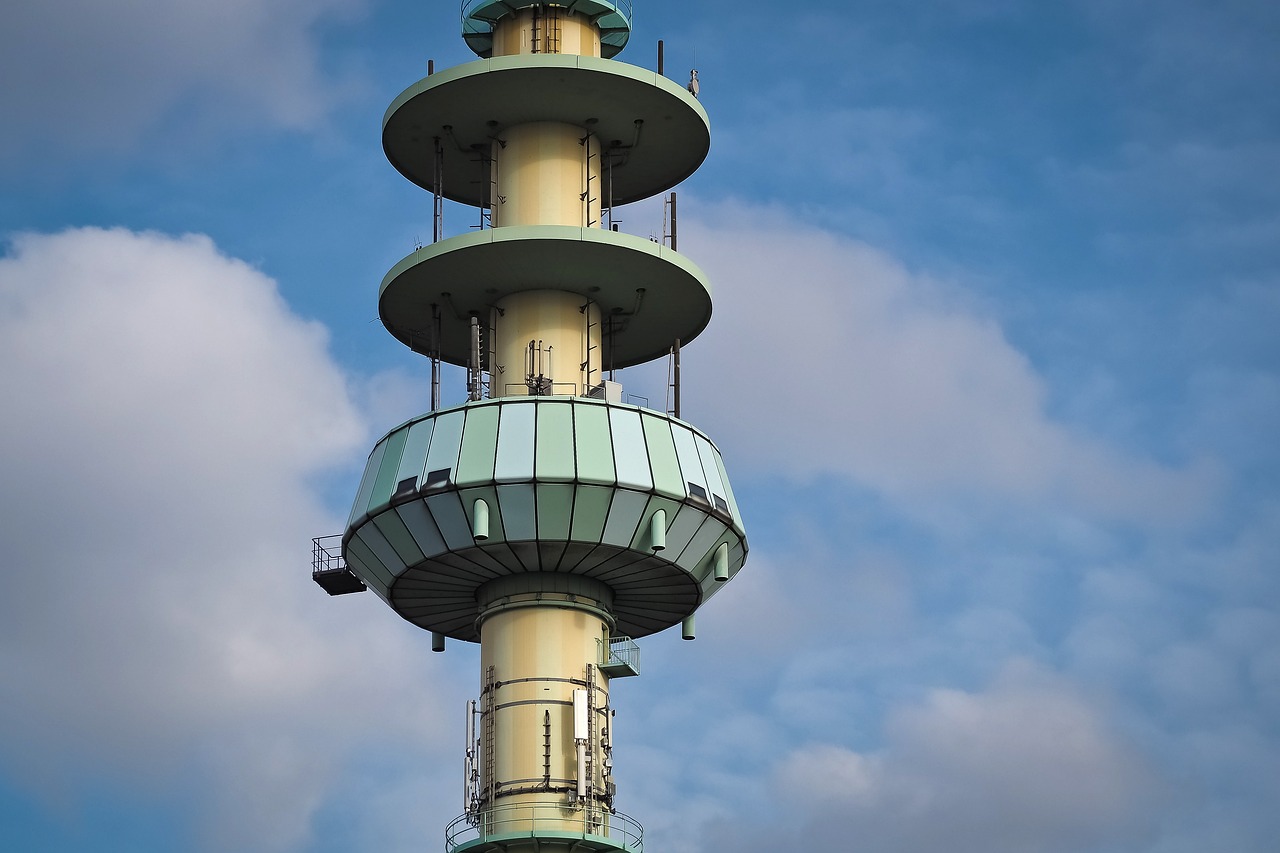The Role of AI in Wildlife Conservation Efforts
AI technology is revolutionizing wildlife monitoring by providing real-time data and insights to conservationists and researchers. Through the use of cameras, drones, and acoustic sensors equipped with AI algorithms, scientists can now track animal movements, behavior patterns, and population dynamics more efficiently and accurately than ever before. This not only allows for the better understanding of wildlife habits but also enables early detection of potential threats such as poaching or habitat loss.
Furthermore, AI technology aids in the analysis of vast amounts of data collected through monitoring efforts, helping researchers identify trends and predict future outcomes for wildlife populations. By leveraging machine learning and predictive modeling, conservationists can develop more effective strategies to protect and manage species at risk. Ultimately, AI technology in wildlife monitoring is a powerful tool that is transforming the way we conserve and safeguard our planet’s biodiversity.
Benefits of AI in Wildlife Conservation
AI technology has revolutionized wildlife conservation efforts by providing more efficient and accurate monitoring of animal populations. Through the use of advanced algorithms and machine learning, AI can analyze vast amounts of data collected from camera traps, drones, and satellites to track and identify species in their natural habitats. This real-time monitoring allows conservationists to detect threats such as poaching or habitat loss promptly, enabling quicker intervention to protect vulnerable wildlife populations.
Moreover, AI plays a crucial role in predicting and preventing human-wildlife conflicts by analyzing patterns in animal behavior and identifying potential hotspots for conflict. By understanding these patterns, conservationists can implement targeted strategies to mitigate interactions between wildlife and humans, reducing the risk of conflict and promoting coexistence. This proactive approach not only enhances the safety of both wildlife and local communities but also fosters a harmonious relationship between humans and animals in shared landscapes.
AI Applications in Protecting Endangered Species
AI technology has revolutionized the way endangered species are protected and monitored in the wild. With the ability to analyze vast amounts of data quickly and accurately, AI has enabled conservationists to track and study endangered species more effectively than ever before. By using machine learning algorithms, researchers can predict poaching hotspots, monitor animal populations, and even identify individual animals based on unique traits captured by camera traps.
One of the key applications of AI in protecting endangered species is in the field of anti-poaching efforts. AI-powered drones equipped with cameras and sensors can patrol protected areas, detecting and deterring poachers in real-time. This proactive approach has been instrumental in reducing illegal hunting activities and safeguarding vulnerable species from extinction. Additionally, AI algorithms can analyze acoustic data to identify specific calls of endangered animals, providing valuable insights into their behavior and distribution patterns.





